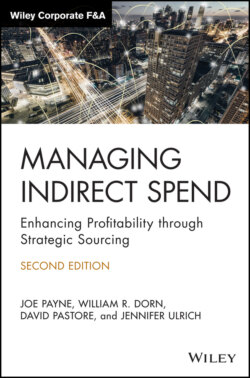Читать книгу Managing Indirect Spend - Joseph Payne, Joe Payne - Страница 39
Response 2: Avoidance
ОглавлениеIt is often possible to confuse the avoidance response with the acceptance response. A supplier may initially appear agreeable to meeting your request. Weeks later, however, you may realize that you have not received a response. Once the data do eventually arrive, they could be incomplete or not comply with the level of detail the supplier committed to. If the sales representative seems to be saying all the right things but ultimately can't deliver what you have requested, the supplier is using the avoidance response. You can take several steps at this point.
First, when making the request for data, provide a template that shows the level of detail you are looking for. Review the template with the supplier and make sure the representative understands what the template means and agrees it can be populated. Then agree to a due date for completion.
As the due date gets closer, follow up with the supplier and ask for a status update on the reports. If your sales representative appears unsure of the status (or does not appear optimistic about the outcome), request to speak directly to the IT contact responsible for creating the report. This demonstrates that you are serious about your request. It can often help overcome the supplier's stall tactics or help the supplier overcome other challenges, such as time constraints or other priorities (e.g. selling to other customers) if they do legitimately intend to come through on your request.
